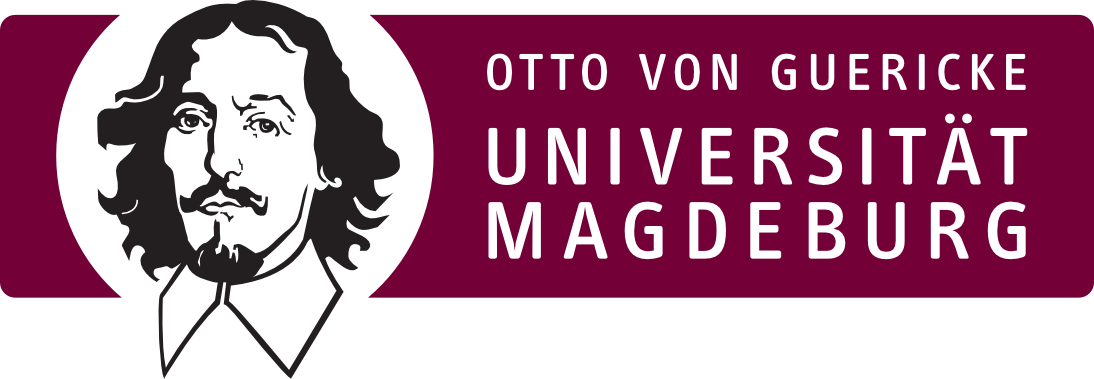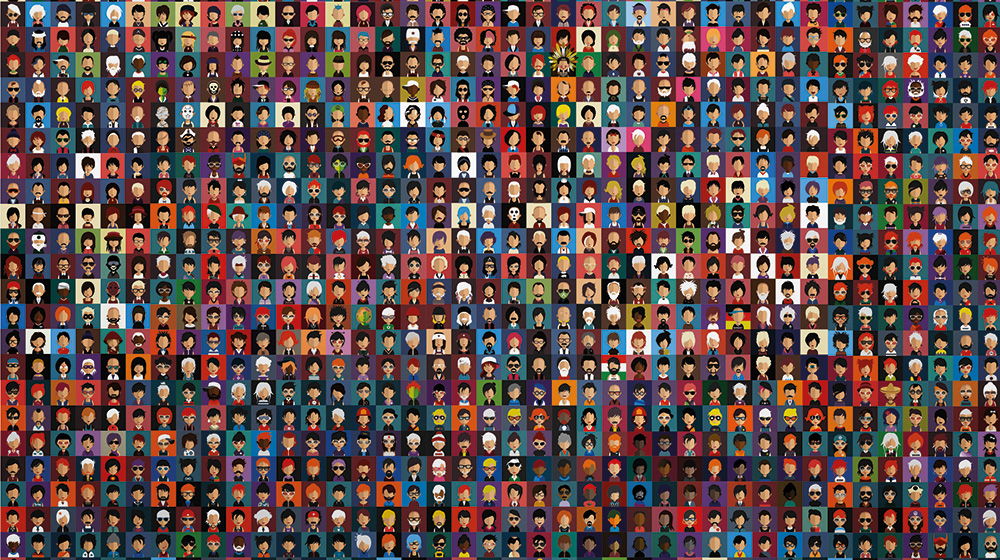
The answer to this question is just that: diverse! It depends on the context in which the word is considered. It depends on what focus is to be placed on its meaning. At universities, diversity means that a variety of university members interact with each other, exchange ideas, influence each other, but also their environment, and learn and develop from and with each other. We asked around campus: What does diversity mean to you? The answers were varied and open up completely different perspectives on diversity.
The driving force for creativity and innovation
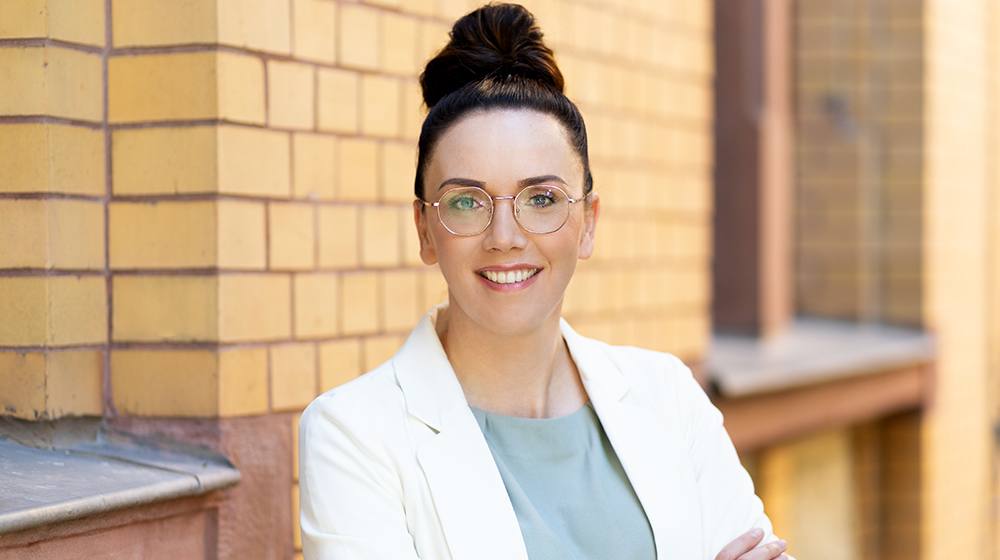 Dr. Anne Gieseler, Dean's Office Faculty of Medicine (Photo: Sarah Kossmann / UMMD)
Dr. Anne Gieseler, Dean's Office Faculty of Medicine (Photo: Sarah Kossmann / UMMD)
For me, diversity is a driving force for creativity and innovation: different experiences, perspectives and ways of dealing with things come together and may seem "irritating" in the first interaction, but they generate important impulses for (further) development in the true sense, namely broadening horizons and transformation experiences. Diversity is thus an elementary aspect and should be lived across organizations in all areas of the university. Making the faculty of medicine more diverse means not only reacting to existing problems and barriers, but acting with foresight to shape positive framework conditions. This requires proactive diversity management that integrates the principles of non-discrimination and equal opportunity into our organizational culture. In my opinion, this works through sensitive rethinking of all faculty members, especially managers, because we all share the responsibility for a more diversity-friendly faculty of medicine. For example, interested employees can be supported as being "role models" for diversity and bring corresponding transformation processes into the structures and courses of action. Colleagues of different ages, gender identities and social, ethnic and cultural backgrounds should be represented as role models so that diversity becomes more natural.
The essence of science
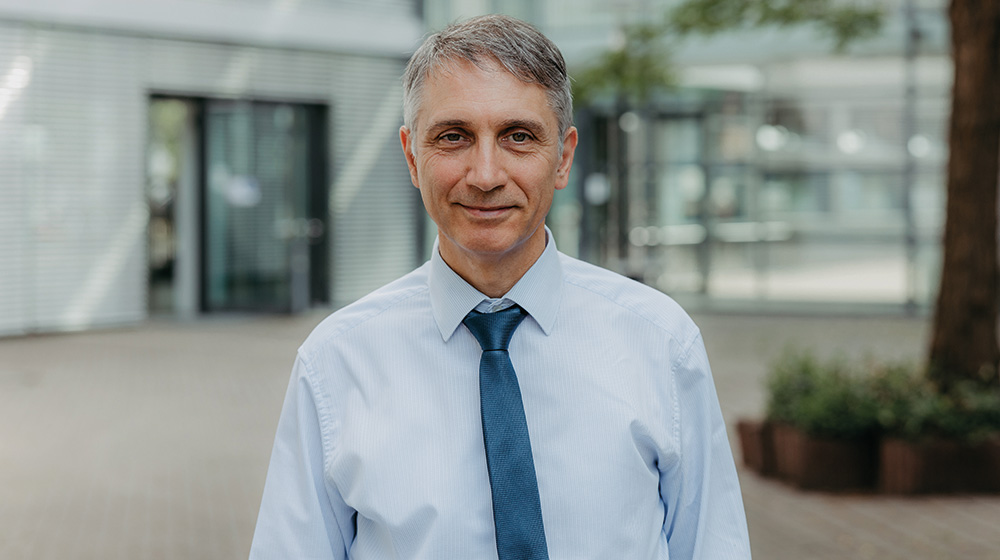 Prof. Dr. Abdolkarim Sadrieh, Faculty of Economics (Photo: Jana Dünnhaupt / Uni Magdeburg)
Prof. Dr. Abdolkarim Sadrieh, Faculty of Economics (Photo: Jana Dünnhaupt / Uni Magdeburg)
Diversity is the essence of science and therefore also in the DNA of the university. Without a great diversity of people and ideas, there would be no room for scientific discourse and thus no drive for progress. That is why the university should always be a place of diversity, to generate a future based on diversity. The University of Magdeburg is undoubtedly already very diverse, but this great diversity often finds no expression. Therefore, it is not only important to advocate for a further increase in diversity, but also to give the existing diversity more forums to unfold. One way to do this would be to have an on-campus café that invites networking and interaction each evening with a different theme. One evening could be open to LGBTQ+ issues, while another evening could revolve around the concerns of the international community, for example. Barriers to communication should also be lowered, for example through automated translation of all web pages.
The opportunity for social interaction
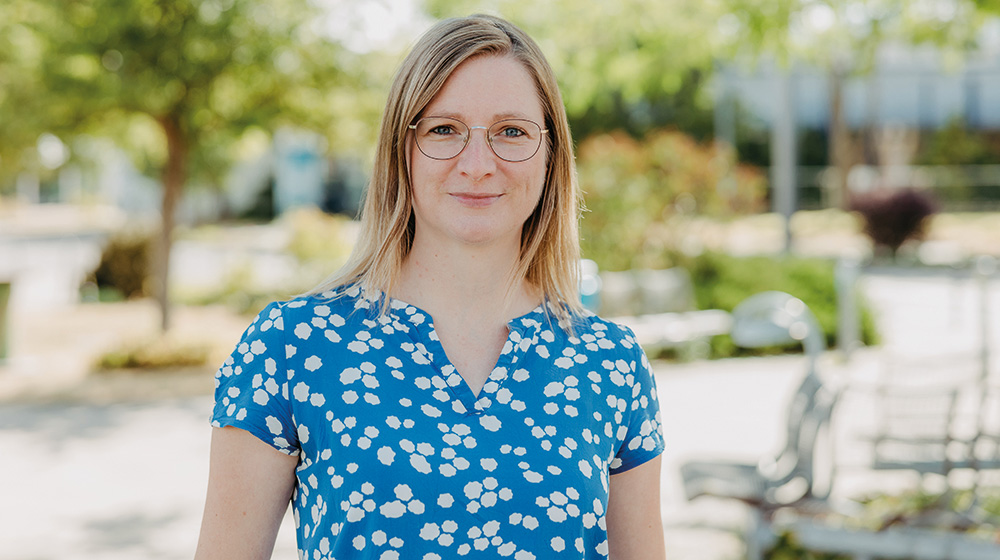 Birgit Magdowski, Dean's Office Faculty of Electrical Engineering and Information Technology (Photo: Jana Dünnhaupt / Uni Magdeburg)
Birgit Magdowski, Dean's Office Faculty of Electrical Engineering and Information Technology (Photo: Jana Dünnhaupt / Uni Magdeburg)
At our university, very different people come together, from different countries, cultures, social classes, generations, status groups and also with different gender identities. This offers the opportunity to see the big picture and exchange ideas with people who have had different experiences. OVGU can and should be tolerant and open in order to see diversity as an opportunity and to promote social togetherness. To strengthen this even more, I would like to see more attractive lounges for an exchange, in the buildings and outside. And there are so many initiatives and events, some of them quite unknown, such as the Indian Night of the Magdeburg Indians e. V., which present interesting topics. I would like to see these, perhaps bundled into theme weeks, made known to a wider public.
Linking past, present and future
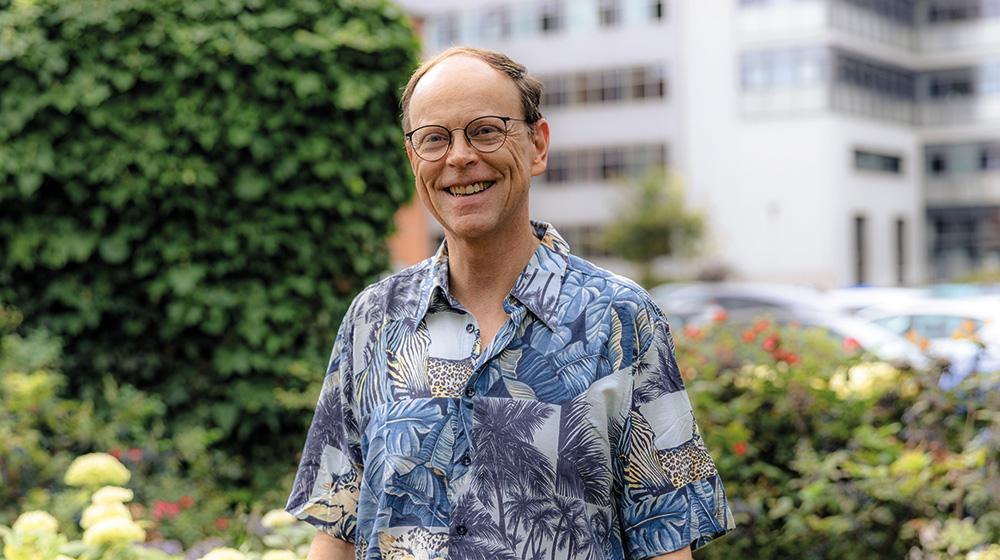 Jan Wilhelm, Head of Central Services (Photo: Jana Dünnhaupt / Uni Magdeburg)
Jan Wilhelm, Head of Central Services (Photo: Jana Dünnhaupt / Uni Magdeburg)
There were months in the past two and a half years when the OVGU campus was unusually quiet. The overwhelming majority of university employees found themselves studying online or in their prescribed home offices. For a long time, there was almost nothing to be seen of the usual university diversity of students, faculty, staff, guests and visitors that otherwise so memorably make up the impression of a lively campus. Human nature is known to try to compensate for what is missing, thus also replacing the usual diversity. In the human emptiness of the university space, the remaining visible things now came into focus much more intensively. What kind of environment is this, this area called campus, where suddenly silence had set in? The diversity of what had previously been barely noticeable as a background setting in everyday life now appeared much more clearly. It even existed when not a single university member was present. The buildings we otherwise use, the paths we tread, the technical equipment that continues to function, and trees, shrubs, and green or flowering outdoor areas that people normally enjoy. The thoughts wander to temporal and historical references, since the buildings of the OVGU were planned or built in three different centuries. If that does not constitute diversity in construction technology, architecture and the original purpose of their construction!
Modern form of existence of the professional togetherness
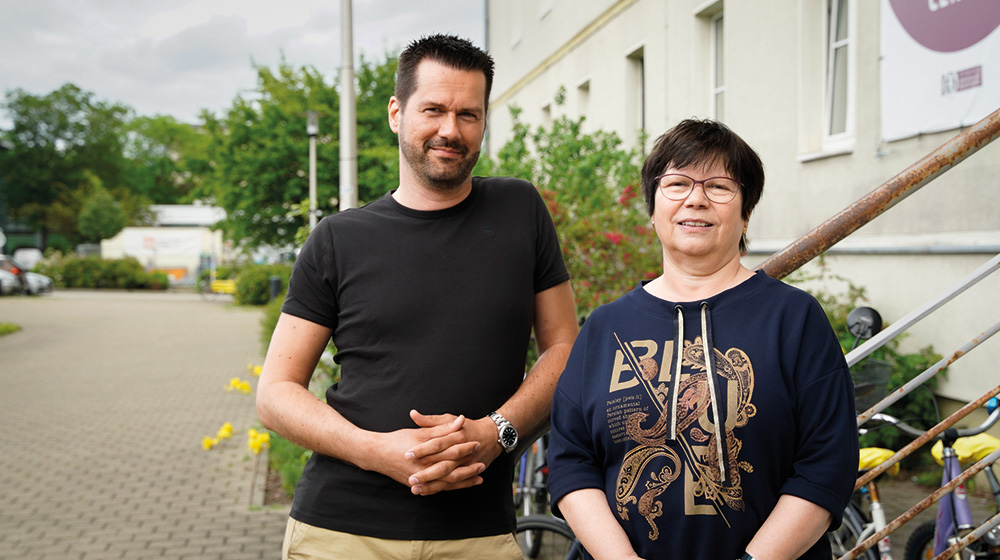 Dr. Andreas Drust and Dr. Ursula Föllner, Staff Council (Photo: Catherina Kleinbauer / Uni Magdeburg)
Dr. Andreas Drust and Dr. Ursula Föllner, Staff Council (Photo: Catherina Kleinbauer / Uni Magdeburg)
For me, diversity on the job is a modern way of professional togetherness. It is widely accepted that so-called "mixed teams" deliver optimal performance. Different perspectives, depending on age, gender or cultural and religious affiliation, help people to see beyond their own horizons. In my opinion, this is already very well practiced at our university. However, diversity also means accepting and supporting a large number of opinions and convictions. However, this is still difficult for some people. I see a need for optimization here. The exclusion of unpopular views is not effective and should be avoided at universities as places of debate. One example is the way the Corona pandemic was handled with colleagues who were skeptical about vaccination. As a representative of the staff council, I witnessed hostility and exclusion on several occasions. We cannot and must not tolerate such behavior when diversity is preached. However, diversity can also be pushed into the background if, for example, only a few qualified people are available in highly specialized areas. In my opinion, we must not make the mistake of insisting on quotas. The decisive factor is high performance combined with good, collegial and, above all, human interaction.
Learning from each other
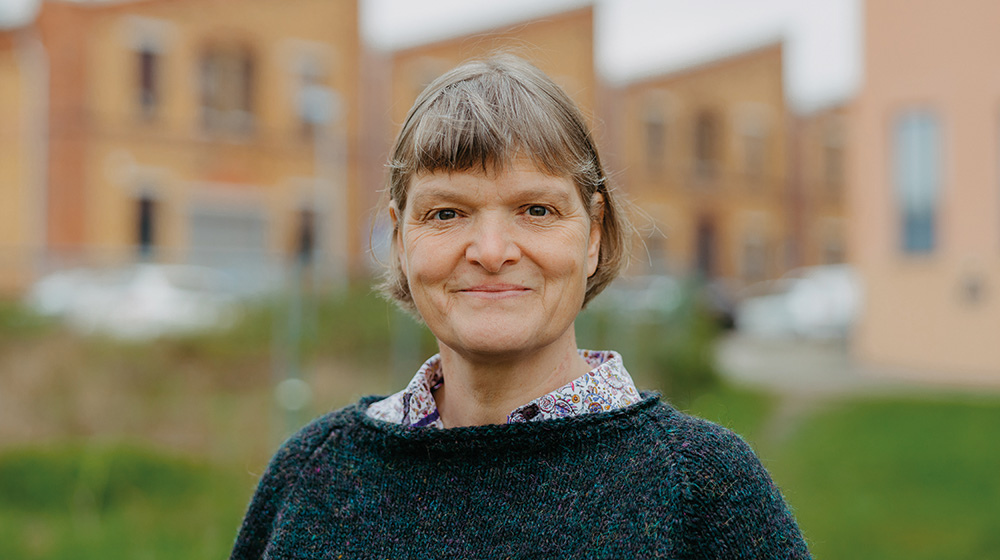 Dr. Barbara Witter, Graduate Academy (Photo: Jana Dünnhaupt / Uni Magdeburg)
Dr. Barbara Witter, Graduate Academy (Photo: Jana Dünnhaupt / Uni Magdeburg)
For me, living diversity at the university means that we learn from each other the many different languages on campus - language in a figurative sense, not limited to speaking, but related to views and approaches of each and every individual. If taking diversity dimensions into account becomes natural, we will not only reduce discrimination, but also enhance new resources and become more innovative. Signing the Diversity Charter and making beautiful statements is only the first step. We have official points of contact that people can turn to if they have experienced discrimination - but the boundaries for doing so may be quite high for many of those affected. I think we could try to make it even easier to reach out, for example with web-based communication tools, and be more proactive about being responsive. Each and every one of us carries unconscious prejudices within ourselves and discovering these and bringing them at least a little bit into consciousness would be immensely important - a big task.
